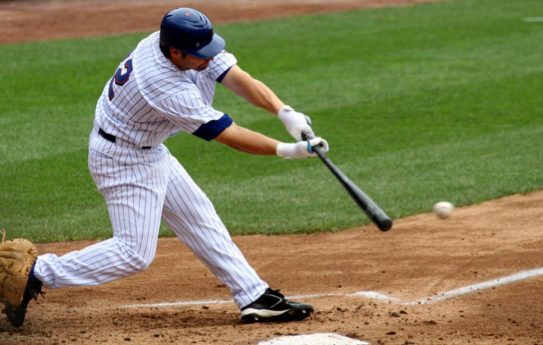When Google rolled out Penguin 2.1 in October of this year, the algorithm update didn’t just hit a huge number of sites, it hit them hard. This fifth-edition of the search engine’s infamous Penguin data refreshes was designed (as were it’s predecessors) to root out web spam, and penalize poor quality link schemes, and promote sites with natural link profiles.
Updates like these are the result of Google’s constant attempts to improve the results they provide their searchers. Google’s goal has always revolved around the desire to generate the most relevant, helpful results possible, and updates like these are geared to enhance the search experience by de-valuing poor quality links–which aren’t by any means true indicators of that site’s actual online authority–and promoting websites with link profiles that substantiate them as the most relevant, the most helpful, and the highest quality result possible instead.
With the return of everybody’s least favorite aquatic bird, came a great deal of fluctuation. Sites around the world noticed shifts in their rankings–some temporary and some permanent–and according to SEO experts, Penguin 2.1 was said to affect nearly 1% of all english queries. And in the wake of Penguin 2.1’s roll out, many SEO companies, webmasters, online businesses and more were left asking themselves: what does this mean for link building? For anchor text? For SEO? For my site and my rankings?
Links, which have always been critical as an indicator of a site’s online authority and thus a crucial component to any successful SEO campaign, are far from dead as ranking factors, in fact, it’s nearly the opposite. Link building is more important than ever, however, it’s also more complex than ever. The ways that site’s need to go about growing their link profiles, the types of anchor text used, the kinds of links generated and more are all becoming more and more sophisticated as search algorithms become more and more savvy at determining which factors really indicate value, popularity, authority and relevance. Quality is replacing quantity, relevance and popularity reign supreme, and everything now revolves around real value-exchange.
Still want to learn more about what Penguin 2.1 is all about, who has it really impacted, and how can you go about recovering from Google’s latest algorithm update?
We’ve created a helpful Penguin 2.1 Recovery Guide Infographic to help you understand Google’s most recent changes, identify what kinds of past link building tactics have been hit the hardest, and what you need to do to get back on your feet and back to the top of the search results.
| <img src=https://nationalpositions.com/wp-content/uploads_old_site/2013/12/infographic_nationalpositions_oct_2013.jpg /> <br><a href=http://www.nationalpositions.com/hpenguin-2-1-recovery-guide-infographic/ width=”550″> E-commerce Marketing Growth in 2013</a> |
